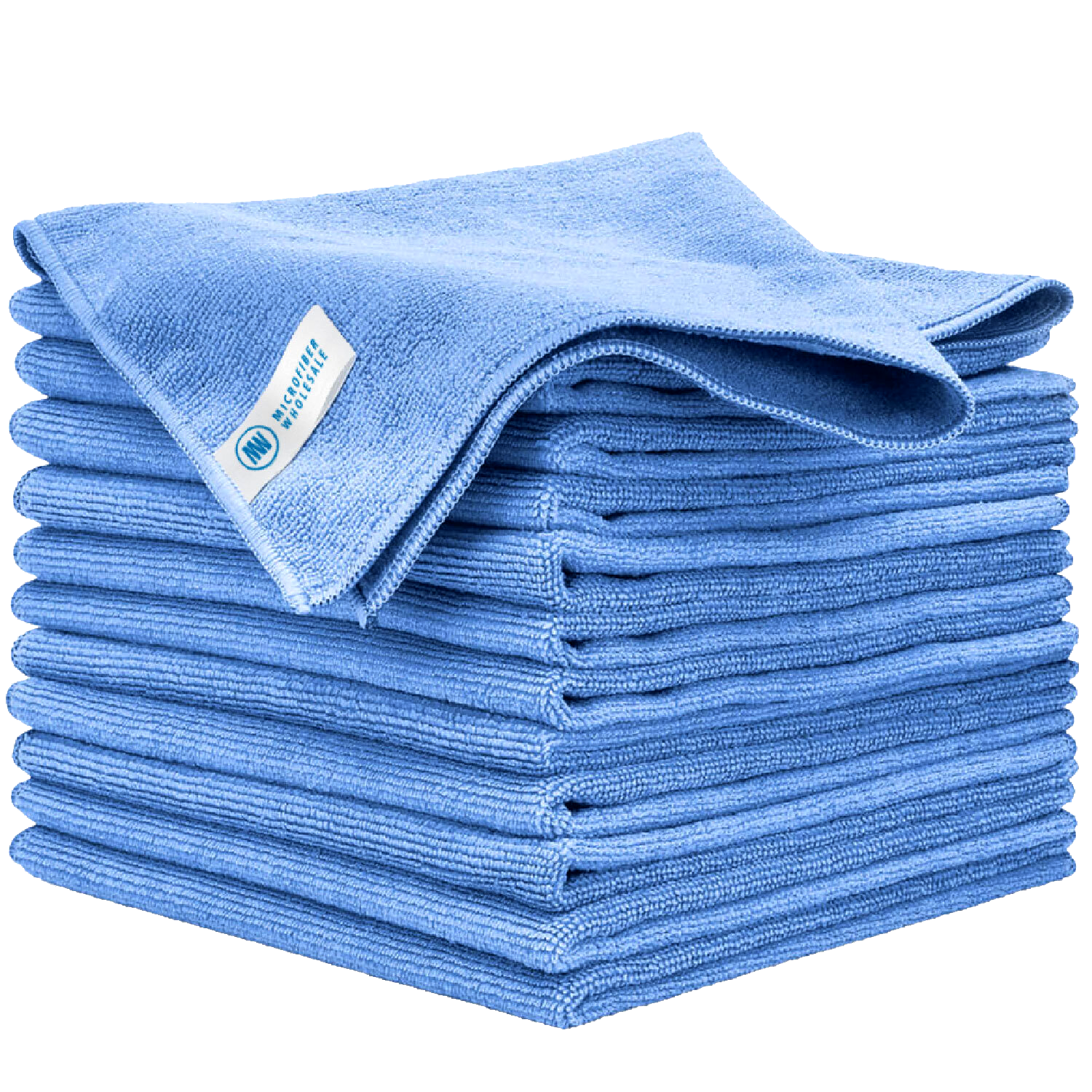Are microfiber cleaning products truly green cleaning tools? Overall, does microfiber have a positive impact on the environment or a negative impact? In order to make a proper evaluation on how green microfiber is, we must ask three key questions:
- Is it made in a green way?
- Is it used in a green way?
- Can it be disposed of in a green way?
In this article, we’ll answer these questions and go over the alternatives to microfiber and consider their environmental impacts as well.
What is microfiber made of?
Microfiber is a blend of polyester and polyamide (nylon), making it great for cleaning and super absorbent.
Let’s start with the first question. Is there anything green about what microfiber is made from or how it’s manufactured? When compared to a natural fiber like cotton there is not a conclusive answer. Microfiber is made mostly from polyester which is composed mostly from an ester and a dihydric alcohol and a terephthalic acid. This means microfiber is inorganic and does not biodegrade, like cotton or paper.It also requires nearly twice the energy to produce microfiber as it does to produce a natural fiber such as cotton.
Now, let’s take a look at Microfiber’s biggest competitor: cotton. Cotton is one of the most profitable crops worldwide! According to The World Counts, 29 million tons of cotton are produced a year and, environmentally speaking, the cotton industry is one of the dirtiest industries in the world. This is due to the large amounts of synthetic fertilizers and pesticides used. The high use of synthetic fertilizers and pesticides end up polluting waterways, contribute to greenhouse gas emissions, and ruin the soil. These all have direct and indirect impacts on human health and our ecosystem. Cotton is also a big contributor to water scarcity. It takes over 5,000 gallons of water to produce enough cotton to make just one t-shirt! That same amount of cotton can produce about 17 small cotton cleaning rags. If you do the math, that's about 300 gallons of water to farm cotton for a single rag. Organic cotton, uses much more water than conventional cotton and may produce even more greenhouse gas emissions, due to a variety of factors.
Another alternative to microfiber and cotton is paper. Paper is a natural product and even more biodegradable than cotton, which is good! The issues in manufacturing paper towels is that it contributes to deforestation and high-water use. It contributes to air pollution from the heavy diesel machinery used in logging and transportation, as well as the manufacturing process at paper mills. Plus, many paper towels are bleached in order to get the white color, which can produce environmental toxins.


















 By continuing with your order, you acknowledge and agree to the following:
By continuing with your order, you acknowledge and agree to the following: